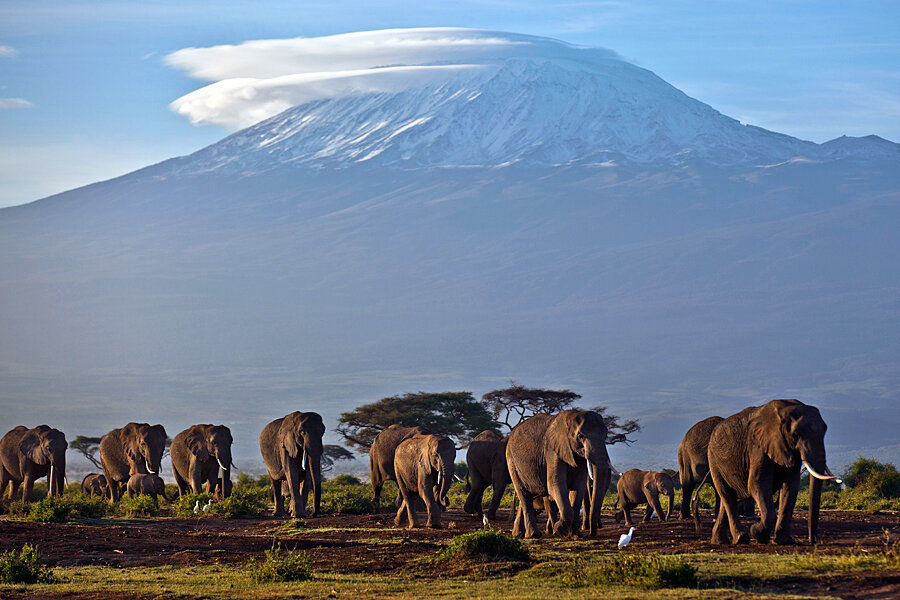World's illegal wildlife trade supply chain needs exposing
Loading...
A version of this post appeared on the Africa in Transition site. The views expressed are the author's own.
Over the past year the plight of Africa’s elephants and rhinos has captured international imagination. In December 2013, the UN proclaimed March 3 to be World Wildlife Day. Moving beyond the headlines, countering wildlife slaughter and trade requires a better understanding the illicit wildlife supply chain and what, beyond poverty and greed, motivates its participants.
We know that elephants and rhinos are being killed at unprecedented rates. We know that demand for ivory and horn is increasing rapidly in Asia, particularly China and Vietnam. We know that poachers increasingly have sophisticated weaponry and equipment, a likely indication of the involvement of politically connected individuals. We know that rebel and terrorist groups often fund themselves from the trade. We know that ivory and horn has been seized at ports in both source and consumer countries with increasing frequency.
Credible estimates are that wildlife crime is a $10 billion a year trade; its existence and prevalence undermines government authority and institutions; its survival threatens valuable national assets and revenue opportunities for countries that desperately need them.
A recent, excellent report from Chatham House lays out what we do not know.
Looking at the beginning of the supply chain, Chatham House asks what draws armed actors into poaching -- and also poaching on such a large and well organized scale that it has the capacity to supply a mass consumer market.
If an international effort were to succeed in removing the current armed actors from the business of poaching, who would replace them, given the seeming insatiable market demand for ivory and horn? Who benefits politically from the poaching business, how and where?
Regarding the middle of the supply chain, when ivory and horn is seized at ports, by what route and means has it been transported from Africa’s forests and savannahs? Who acts as middleman, and what compensation do they receive for their services?
Without answers to such questions, policy makers and activists are limited in their capacity to counter the rise in poaching.
The Chatham House report is, among other things, a literature review. Yet the existing literature has little on what motivates participants in the illegal wildlife trade beyond poverty and greed, or what impact their removal from the trade would have. We also need a better understanding of the historic trends of wildlife parts demand.
The short term efforts to halt the massive scale of wildlife slaughter must continue in both source and consumer nations. Simultaneously however, there needs to be a deeper search to understand the intricacies of the trade and supply chain so that it can be better countered in the medium and long term. Countering poaching is a local, national, regional, and international responsibility. The political will to undertake it is rising, but it still has a long way to go.
Emily Mellgard is research associate for the Council on Foreign Relations Africa Studies program.







